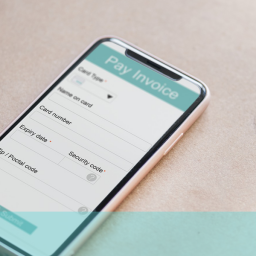
You have probably read and heard a lot about UX design – certainly if you have ever engaged with this blog! But you might not be exactly clear on what constitutes good UX design and what principles you need to observe to achieve it.
This piece will provide a brief outline of the crucial elements in good UX design, what they mean and how you can incorporate them into your thinking about your site.
The Elements of good UX Design
- Clarity & Simplicity: These might appear obvious required attributes at first sight but they can mean different things in different situations. Generally speaking a clean, uncluttered interface is preferred but it is also important to include the information that the user needs and to ensure that the user is clear where they are exactly and why they are there and what is required from them. Simply dropping someone on a nice, appealing visual with little or no explanation or context doesn’t do it.
- Navigation: make sure it is obvious how to move around the site and exactly where a user is going to end up if they choose a particular option. For this you will probably need to understand your users’ comprehension and terminology they are familiar with as well as their likely thought processes when searching and moving around a site.
- Experience: while a nice design by itself doesn’t qualify as good UX it is important to make the user experience pleasant on all levels so a neat, attractive design that makes a user feel welcome, at home, engaged and motivated to find out more can be a great benefit to a site. Make an emotional connection and users will return and sing the praises of your online offering.
- Accessibility & Performance: make sure your site is accessible at all levels and to all users. Think about areas such as typeface size and clarity and colour usage. Ageing populations might not find certain combinations very easy to read. Also consider how transparent and repetitive tasks are so users will be able to learn and recall them easily and reproduce their interactions without great effort or thinking. Smoothness and clarity of transition from one area to another will improve the perception of user experience and interaction and the speed and responsiveness of your site will influence directly and significantly the user opinion of its effectiveness and utility.
- Responsiveness: Consider how your site works on different platforms. Users expect the same level of functionality and ease of use on mobile and tablet formats as they do on laptop.
Remember that it is the total user experience that your customers will judge by so make sure that your content, visuals, functionality etc. all work together to produce a coherent and compelling picture for users.
If the overall impression of a business that it is professional, clear about its statement and products, in tune with its users’ needs and committed to understanding and meeting them in a constructive and appealing way, you will score highly with users and repeat visits and positive feedback will be your reward.
You will only be able to achieve all of this by constantly researching and testing uyour marketplace and assessing and reviewing the user experience against expectations and what technology (and your competitors) can offer.
If you would like to keep up-to-date with what is happening in the UX marketplace and make sure your business reflects the latest trends, why not ring us on +44(0)800 0246247 or email us at hello@ux247.com to arrange a no-commitment chat on your business needs.
















